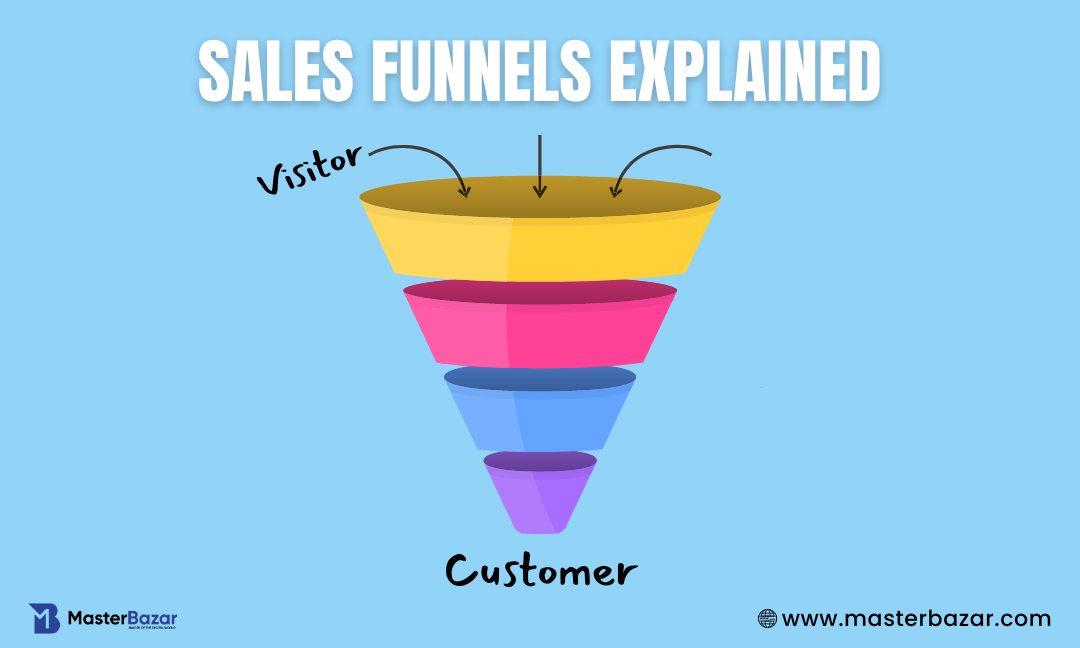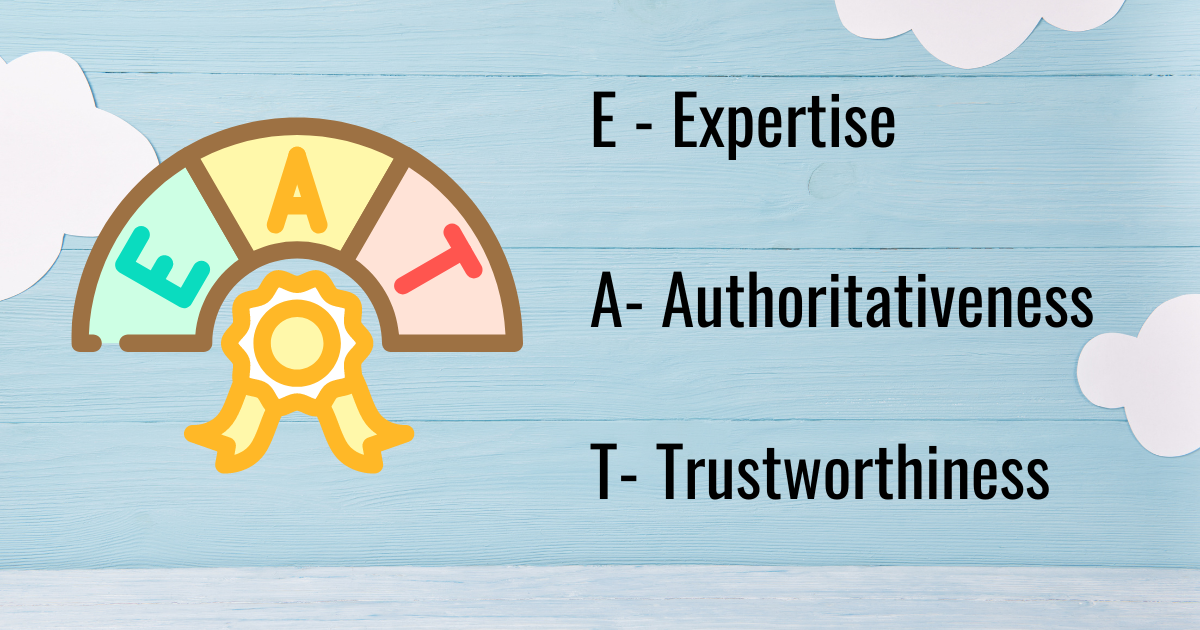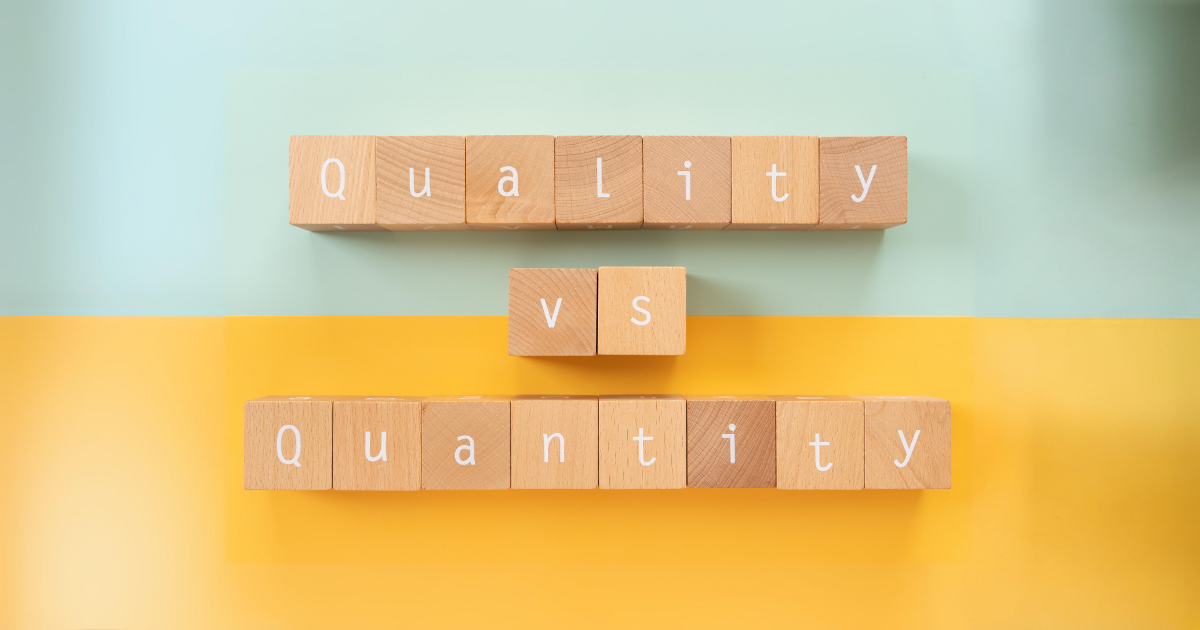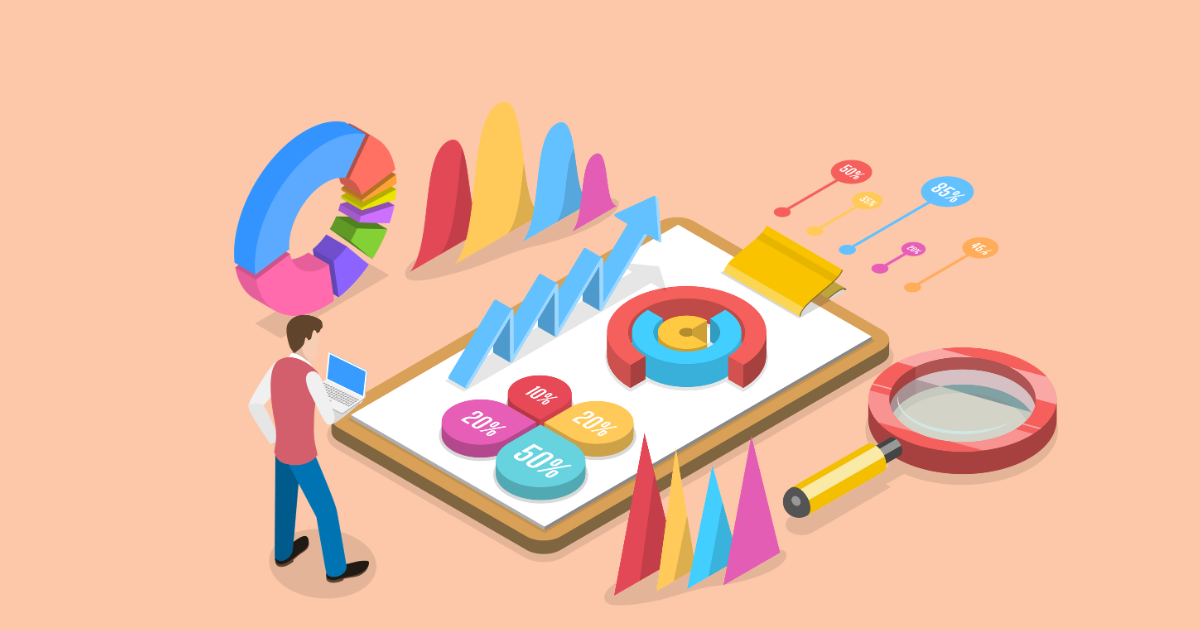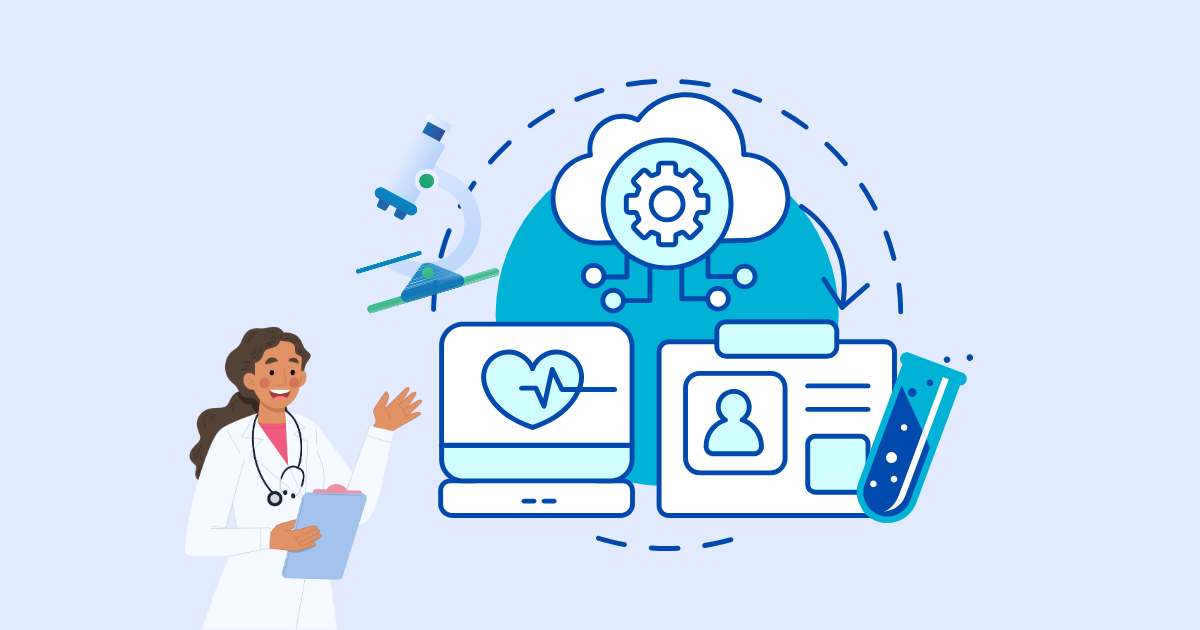Table of Contents
Do you wish to grow your business with new and loyal customers? Let me tell you that it is not rocket science; the answer is to develop a proper sales funnel strategy.
But here in this article, we will first learn what exactly a sales funnel is, its importance, and the stages of the funnel. So, by the end of the post, you will learn all the ins and outs of the funnel to boom your business right away.
What is a Sales Funnel?
The sales funnel refers to the stages that depict the visual representation of the customer’s journey from being an audience member to a potential customer. Each stage of the sales funnel is a well-defined action plan to understand the mindset of the prospects and offer them solutions so that they can turn into potential customers who end up purchasing your products and services.
The whole process is called a funnel because the idea starts by attracting a large number of people through various marketing techniques and finally narrowing it down to a few who eventually end up buying your product. The main objective of the sales funnel is to reach many target buyers, so it is important to keep optimizing and experimenting with your sales funnel strategies.
Importance of the Sales Funnel
When developing your online business plan, designing a proper sales funnel strategy can help you develop a strong relationship with customers and give you a brief idea of what they are doing at every step of the purchasing journey. Knowing your customers' actions will help you invest properly in marketing strategies.
Here is why a sales funnel is important for your business:
Understanding the customer’s journey
Identifying marketing strategies
Better allocation of resources to improve your marketing techniques
Streamlining the customer’s journey to buy your products and services
Identify the loopholes in the sales journey
Address the loopholes quickly
Helps your team forecast sales volume
Optimizing your products and services by addressing key concerns
Increase conversion rate
Increase customer loyalty
Understanding The Journey: From a Visitor to Buyer
Let’s start with a simple example of a sportsperson buying a shoe to understand how a unraveling visitor turns into a buyer and what path he takes.
A sportsperson (prospective customer) casually browsing on social media comes across your sports shoes (product), which made him quite intrigued to check it out. He clicked on the link and found that those shoes are durable enough to keep his heels comfortable and protect him from any injuries. This is known as the Awareness Stage, as the potential customer comes to know more about your products and your business.
This brings us to the Interest Stage, where the sportsman thinks back about the problem he has with his own sports shoes or the time he felt discomfort running, so he was planning to look at some other options. As he is checking out the shoes, he is looking at whether they are going to be comfortable or if he could continue wearing them for a longer duration. He will also look at the offers or discounts you are providing and how the shoes will be good for his feet.
As the sportsman gets interested in the product, he decides to dig deeper to learn about the experiences of other customers. He evaluates the prices and reviews of the shoes and compares them with other similar products promising to offer the same features. The sportsman is in the Evaluation Stage and has a higher chance of becoming your potential customer.
Once the sportsman is done evaluating, it's time for him to make the decision to buy it or not. Your lead has now reached the Decision Stage, where there is a strong shift to either becoming a customer or not. However, there is a small room left for doubts and hesitation, and the sportsman decides to ask his coach or so to make his final decision.
As he went to his coach and asked him about the shoes, it turned out that the coach himself was using them and had recommended them to him. The sportsman trusts his coach and takes himself to the Action Stage, where he finally buys his shoes from you.
If the sportsman is satisfied using your shoe, there is a high chance that he could become your brand's advocate. Also, he will return to buy other shoes—casual shoes, or formal shoes that offer the same level of comfort and protection. This is the Re-engagement Stage, where the sportsman becomes a loyal customer of your shoes.
PS: Have you noticed that in the action stage, I have mentioned that the coach is using your shoe as well? Well, the coach also went through the same funnel and has become your brand advocate. This is the journey of a customer!
Stages of the Sales Funnel
It is important to improve the strategies of the sales funnel at every stage. In the following, we are going to mention the 6 most important stages of the sales funnel that every prospect passes through before becoming your potential customer.
Stage 1: Awareness Stage
This is the first step of the funnel, where an individual is not in the buying mindset but is casually browsing or checking out your products and services. Here, they learn about your business for the first time in various ways, like ads, social media, cold email marketing, and so on.
Don’t make any direct offers, but arouse their curiosity by providing them with educational or informative content explaining their problem and how to solve it.
Strategies you can use:
Online ads
Gated content (whitepapers, videos, articles, and many more)
SEO
Content marketing
Cold email marketing
Stage 2: Interest Stage
The next step is to develop an interest in your customer by making them aware of your business, your offers, and how you offer solutions to their problems. Make the solutions so appealing that your lead starts researching them vigorously. When you offer a unique solution, they will know more about your company and its offerings.
In this stage, an individual has a chance to be your potential customer by following you on social media, subscribing to your mail or newsletter, and so forth. As a result, you can continue offering your valuable content to them.
Strategies you can use:
Email campaigns
Free trials
Chatbots
Retargeting ads
Stage 3: Evaluation Stage
Here, your potential lead is researching your product and services by reviewing them with other similar products and services. They may also be comparing the price, testimonials, and much more. Your primary goal here is to clear up all their doubts and make it easy for buyers to learn about your products and services.
Strategies you can follow:
Product demo
Consultation calls
Addressing common objections
Answering queries via consultation calls or emails
Social Proofs/ Testimonials
Stage 4: Decision Stage
This is one of the final goals where your prospective customer may either be your potential buyer or not. Once your lead is convinced by the reviews or testimonials, he or she makes a decision to buy it. However, they can still be a bit hesitant at this stage. So, your goal is to overcome those objections by convincing your leads that your products and services are the best options.
Strategies You can follow:
Sending discount codes to leads
Compelling CTA buttons
Multiple payment options
Use tags to create FOMO
Follow up with your prospects
Stage 5: Action Stage
Once your prospective customers are satisfied, they are ready to make a purchase. In this stage, you need to fulfill all the needs and expectations of your customer by offering them extra support and educating them on how to use your products and services.
Strategies to follow:
Welcome mail
Provide excellent customer support service to answer queries
Ask for feedbacks and reviews
Upsell and Cross sell
Follow-up confirmation mails
Thank You message
Stage 6: Re-engagement Stage
In this stage, you turn your customers into retentive buyers of your products and services. It plays a key role in effective sales strategies by reducing the cost of finding new prospective buyers. If the customer is satisfied with your products and services, they keep buying them and turn out to be your brand advocates.
Here is what you can do to retain your customers:
Promote customer loyalty
Offer rewards, discounts, or coupons
Have an active customer support
Reengagement campaigns
Follow-up emails with polls
Referral programs
In conclusion,
A well-designed sales funnel can generate more leads and convert them into potential customers. But creating one to boost your online business may seem challenging at first.
If you are planning to take your business online but don’t know where to start, Master Bazar is here to help you. We have advanced tools and technologies to offer a complete 360-degree solution to your problem so that you can be ahead in the field of digital marketing.
For more in-depth articles, subscribe to our newsletter to enhance your knowledge of digital marketing and grow your business right away.
Author - Sunny J.
Sunny J. is a seasoned content writer with 8 years experience in web development, software development and digital marketing content across multiple formats. He leverages his skills in crafting curated content on the web technology and digital marketing. In his personal time, He enjoys reading article and being up-to-date on trends in marketing and website design.

